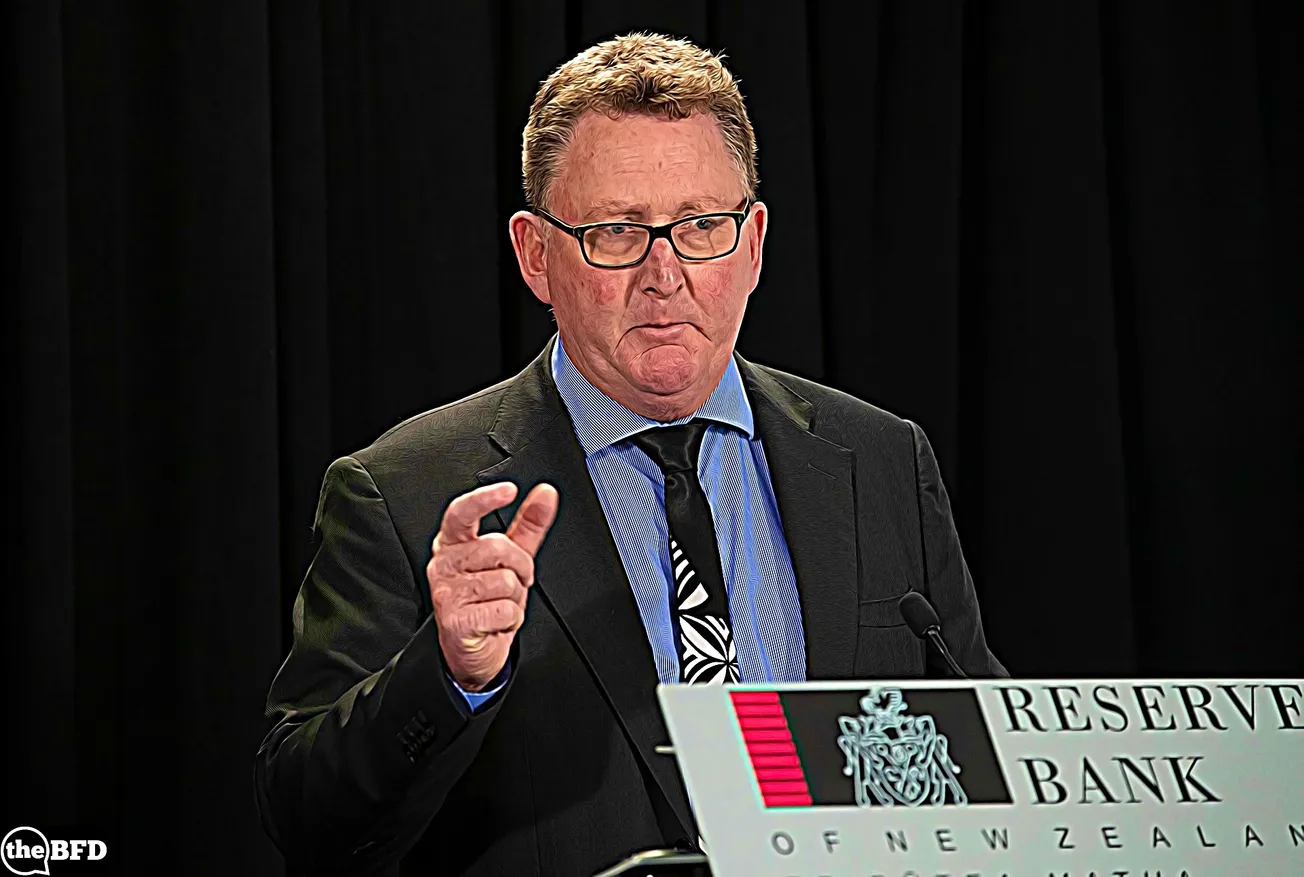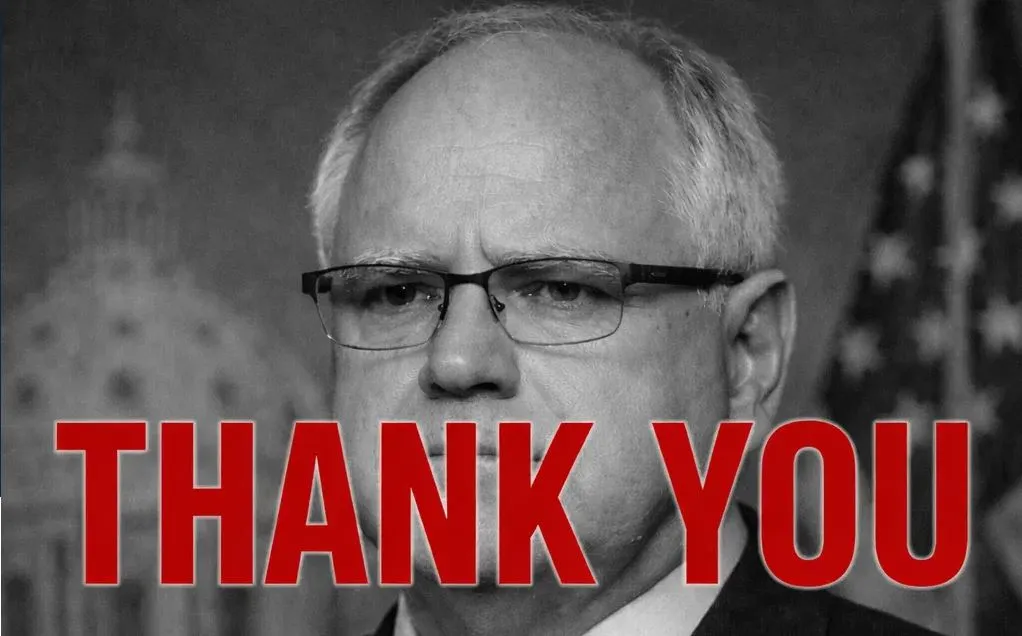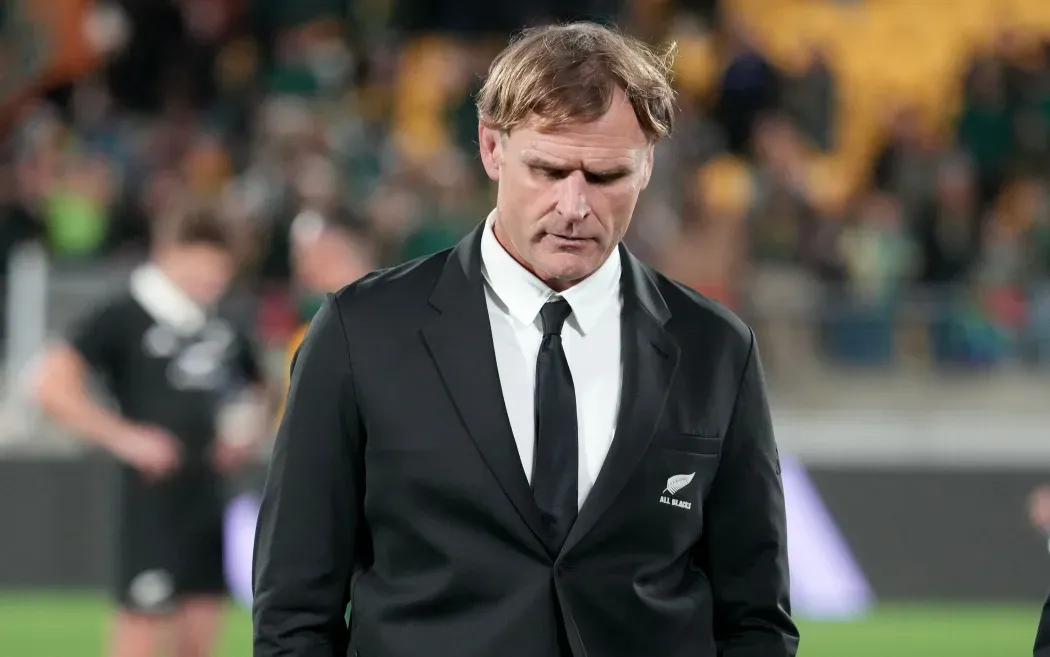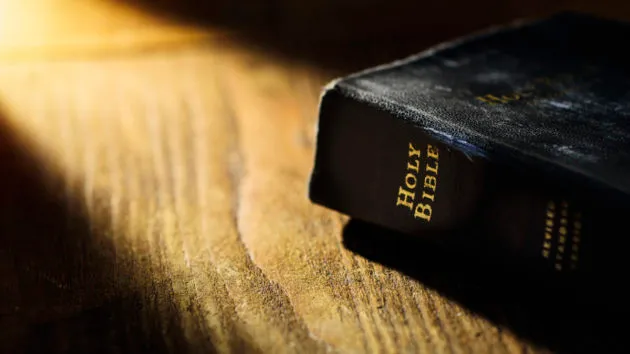Table of Contents
Peter J. Morgan
Peter J. Morgan BE (Mech.), Dip. Teaching – professional forensic engineer, retired economics, mathematics and physics teacher
PART 1 of 18
This is my attempt at a simplified, brief explanation of how the present debt-based money and banking system actually works, with some relevant history, and a few of my own opinions, thrown in. It’s not rocket science, but be prepared to read the technical parts several times to really understand them. Please don’t ignore the hyperlinks – they are there to deepen readers’ understanding and knowledge.
Note: The banking and monetary systems in New Zealand, Australia and Canada, and almost all other sovereign nations except the United States, all mirror the UK one.
Just in case readers are wondering why I taught economics at secondary schools without having a degree in economics or commerce, just out of interest and without having done a tertiary course of study in economics, in 1973 at The University of Auckland I sat and passed the two 3-hour papers of the Association of Chartered Accountants, one in Macroeconomics and one in Microeconomics. In 1981 when I did my Diploma in Teaching, that qualified me to train to teach Economics, along with Mathematics and Physics that I was qualified to teach through having a BE (Mech.) degree.
Capitalism, as explained by Adam Smith in 1776 in his classic treatise An Inquiry into the Nature and Causes of the Wealth of Nations, was a system by which the capital markets would take the deposits that people and businesses put in the bank, and with their permission invest them in real businesses that create real jobs and real economic growth. The world would be a much more wonderful place if that was how capitalism and banking actually work – and in my humble opinion, if that had always been the case, Karl Marx would never have proposed communism! But capitalism and banking do not work as explained by Adam Smith in 1776 in his classic treatise!
In the paper “Money creation in the modern economy”, in its Quarterly Bulletin for Q1 2014, the Bank of England described how money is created out of nothing as debt to banks when they grant loans, or when they purchase assets, and destroyed (i.e. sent back into the nothing from whence it came) whenever any bank loan principal, or part thereof, is repaid. The facts that banks are money creators and not financial intermediaries – they DO NOT lend out their deposits (in fact, it would be illegal for them to do so, because deposits are banks’ liabilities) – were spelt out again in the Bank of England’s Working Paper No 529 “Banks are not financial intermediaries, and why this matters”, published on 29 May 2015. The latter Bank of England paper quotes from the authoritative book “Where does money come from? – A guide to the UK monetary and banking system”. Further research by the same two Bank of England staffers was published in June 2019 in BoE Staff Working Paper No. 761.
Hopefully, readers should by now be clear in their understanding that banks are not financial intermediaries lending out people’s deposits. Rather, banks actually create new money ex-nihilo (out of nothing), as bank deposits, every time they grant a loan. The corollary is that whenever a loan or part thereof is repaid, that bank-created money disappears back into the nothing from whence it came. These days, bank deposits are electronic bank IOUs, i.e. promises to pay in notes and coins. It should be noted that for “we the people”, only notes and coins are legal tender. Because notes and coins are issued by the government via its wholly-owned Reserve Bank of New Zealand (RBNZ), they are real money, i.e.,Sovereign Money. In contrast, bank deposits (bank IOUs) are not, which is why bank deposits are truly ‘funny money’. It has been said many times that the creation of money ex-nihilo by banks is tantamount to electronic counterfeiting.
Currently, there is a push by banks in both Australia and New Zealand to eliminate notes and coins. This begs three questions being put to the governors of the RBA and RBNZ respectively:
1. If notes and coins are eliminated, what exactly would a bank “promise to pay” when it grants a loan by creating ex-nihilo a deposit of its ‘funny money’ in its customer’s account?
2. Would it still be lawful for banks to create money ex-nihilo?
3. Why hasn’t the RBNZ explained this to the New Zealand public?
Most people know very little about how the present debt-based money and banking system actually works. Worse, almost all of the people who should know – Bill English, New Zealand’s former Minister of Finance and more recently former PM, Steven Joyce, former Minister of Finance, and Richard Prebble, have all shown that they are but three examples. They have a false notion as to how it works, most likely because they were taught – incorrectly – that banks are financial intermediaries that take in deposits from savers, aggregate them, and on-lend them to borrowers, and make an honest living from the margins between the interest rates that they pay savers and the interest rates that they charge borrowers.
A prime example of this false notion is that on 15 March 2023 in the NZ Herald, Richard Prebble (Labour MP from 1975-93 and often a Cabinet Minister and later the leader of the ACT party) in his opinion piece stated:
“The gathering of savings by banks and lending it to business funded the modern economy.”
Incredibly, the late Sir Michael Cullen, Minister of Finance in the Helen Clark Labour Government, is on record as saying in a café after a public meeting in Whakatane during the 2017 election campaign that “banks do not create money”! Sir Michael was present as mentor to Grant Robertson, who was subsequently appointed as the new Minister of Finance. More than likely, Minister of Finance Grant Robertson was initially as ignorant about money creation as his mentor Sir Michael Cullen. However, during the Covid-19 crisis Grant Robertson indicated that he was on a very steep learning curve on the workings of the banking and monetary system and quickly understood how the RBNZ can also create new money – Sovereign Money, also known as ‘reserves’ – and lend it at zero interest to the government, and subsequently write it off so that it never has to be repaid. He appears also to have learned that there is a limit to how much new money can be created – whether by banks or by the RBNZ – without causing inflation. Of course, that limit is reached when all resources – both labour, capital equipment and materials, are fully utilised – which was certainly not the case when the economy was enormously slowed down during the Covid-19 pandemic and unemployment was climbing. Even in normal times, there is never a compelling case that any government that owns outright its central bank – as the New Zealand government does – should borrow from banks. Both central and local governments should borrow only from the RBNZ.









